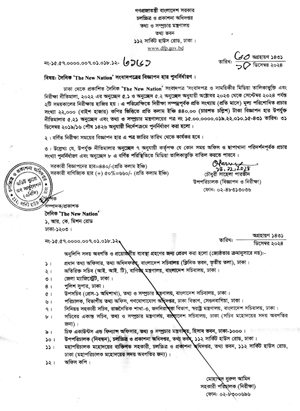Rodney Luster, PhD :
Some memories are extremely painful. So painful, in fact, that many might otherwise prefer to erase them completely. In fact, there have been films like The Eternal Sunshine of the Spotless Mind and science fiction novels like MEM by author Bethany Morrow that have explored the “what if” idea of the extraction of painful memories. It is also a topic that has not escaped the purview of the scientific community. But the bigger aspect of these kinds of conceptualizations through the lens of the art world is the attempt to show us that what we think we desire may also have another compelling side.
All of us possess some form of negative experience that has been relegated to our memory. In fact, as humans, the gravitas of life’s experiences may weave their way into the fabric of our long-term memory in various ways. Sigmund Freud, the famous psychoanalyst, started this inquiry over 100 years ago with ideas about traumatic memory and patients’ attempts to suppress such memories. But in this, he also observed that enacting such suppressive tendencies also brought with it a serious mental and physical toll on the person.
I explored the topic of painful memory once with a Vietnam veteran. He said if he had to choose between eradicating the whole experience from memory, or not, he might choose “not to” because, as he pointed out, he had formed a strong bond with his “band of brothers” that was important for him to always remember. This symposium of “connection” was a meaningful and emergent facet of his experience. Yes, the trauma was there, but so too was a powerful dynamic as well.
“Episodic memory refers to the conscious recollection of a personal experience that contains information on what has happened and also where and when it happened. A recollection from episodic memory also implies a kind of first-person subjectivity that has been termed autonoetic consciousness”. We must also keep in mind that memory does a whole lot for us. It helps us learn from our encounters with the world starting from our primary experiences as toddlers. Memories, even painful ones, can also serve to challenge our “fixed identities” of whom we think we are and influence the growth and strength of “self.” As a counselor, the memories of my patients provide a source and pathway for exploration, understanding, and learning, serving as a formative prospect that not only informs treatment but affords the opportunity for newly derived meaning. Suppression-induced forgetting and thought-stopping
Imagine a football game, where the quarterback has the ball, scrambling as they look for an open receiver to pass it to. If the intended wide receiver is not an option, the quarterback can engage other options such as alternatively looking for another player, running with it, or throwing it outside the pocket.
This is all based on inhibitory responses that can override potential first responses through adaptive control over actions. The concept is founded on a go/no-go paradigm. Research tested the theory of “stopping” memory through a series of finger-related cue tests. The results demonstrated that “consistently stopping retrieval of unwanted memories made any recall of these memories more difficult”. This is similar to the CBT technique of thought-stopping. In fact, if thought-stopping is enacted, it makes retrieval much harder through suspension of the triggered thought-reaction.
Within the story of The Eternal Sunshine of the Spotless Mind, the character of Joel Barish remarks, “Please let me keep this one memory, just this one.” In this, if we could obliterate painful memories, we might take away the very substrates of the meaningful parts of ourselves that have emerged as a result.
(Rodney Luster, PhD is an entrepreneur and healthcare practitioner who maintains a private practice as a licensed professional counselor with his own company called Inspirethought).


